News
Majority of revenue from the Tesla Network will go towards owners, says Musk
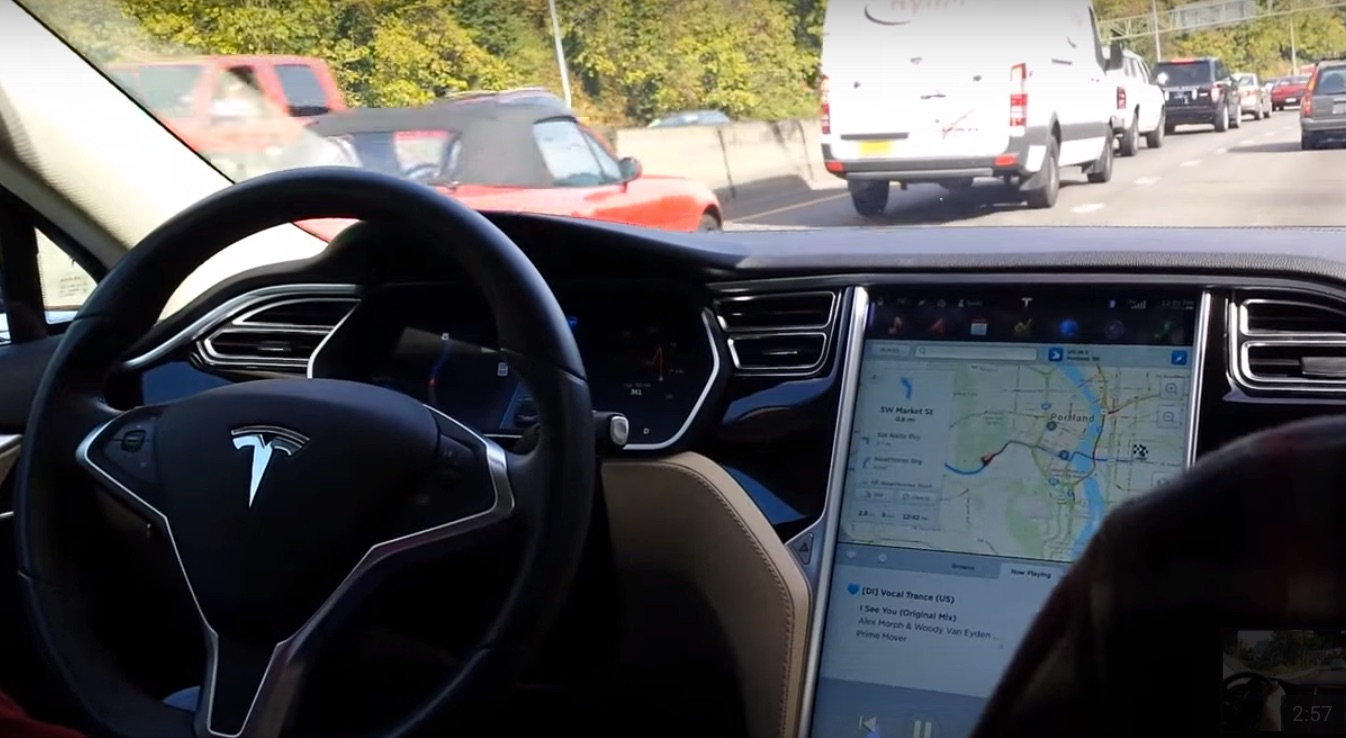
There’s been a lot of unanswered questions on how Tesla’s future ride-sharing program, dubbed the ‘Tesla Network’, will operate. In specific, how will owners monetize their vehicles especially if the company explicitly states that it can only be used for revenue purposes if achieved through the Tesla Network?
The statement, “Please note also that using a self-driving Tesla for car sharing and ride hailing for friends and family is fine, but doing so for revenue purposes will only be permissible on the Tesla Network”, noted in the description for the optional Full Self-Driving Capability available on the Model S and Model X, seemingly calls out Uber and Lyft as services that owners would not be able to monetize through.
CEO Elon Musk provided more insight on the Tesla Network during the company’s Q3 earnings call that discussed the company’s profitable quarter.
When asked by an analyst on whether the Tesla Network was something that was designed to generate income to help the company develop future product and gain market share, or a means to help owners offset the price of the car. Musk said, “It’s a bit of both, really.”
Musk said the program would be a revenue generator for Tesla and provide “a significant offset on the cost of ownership for a car”, but noted that “the majority of the economics wold go towards the owner of the car”. In other words, owners that participate in the Tesla Network will receive the lion’s share of revenue.
“It’s not Tesla vs. Uber, it’s the people vs. Uber.”
Musk then follows up the statement with a direct address of Uber and Lyft, implying that people will be empowered by freedom of choice. “Sometime’s it’s been characterized as Tesla vs. Uber, or Lyft, or something like that. It’s not Tesla vs. Uber, it’s the people vs. Uber.”
With a majority of revenue being passed to Tesla owners participating within the Tesla Network, it’s not so much a question of why you can’t use it within other ride sharing services like Uber or Lyft – services that take a significant revenue cut from their vehicle owners – but why would you.

News
Hyundai dives into the robotaxi business with TX-based startup
Hyundai IONIQ 5 robotaxis are launching in Texas this year — powered by autonomous driving tech from startup Avride.

Hyundai Motor Co. is diving into the robotaxi business with Texas-based startup Avride. Hyundai and Avride’s autonomous ride-hailing service will roll out in Texas later this year.
The South Korean automaker and its new partner plan to develop driverless robotaxis based on the all-electric Hyundai IONIQ 5 SUV. Last year, Hyundai’s IONIQ 5 passed a US driver’s license test. Hyundai’s robotaxi is a Level 4 autonomous vehicle certified by Federal Motor Vehicle Safety Standards (FMVSS).
The legacy automaker will assemble IONIQ 5 robotaxi vehicles at its new Hyundai Motor Group Metaplant America (HMGMA) in Georgia. After assembly, the Hyundai robotaxis will be integrated with Avride’s autonomous driving technology.
“This new agreement with Hyundai Motor will help us scale our operations significantly, with plans to expand our fleet to up to 100 autonomous IONIQ 5’s in 2025, leveraging Hyundai Motor’s IONIQ 5 and our autonomous driving technology,” Dmitry Polishchuk, CEO of Avride, said in a press release.
Hyundai’s IONIQ 5 robotaxis will roll out later this year in Dallas as part of Avride’s robotaxi service. Customers may catch a ride in one of the driverless Hyundai IONIQ 5 vehicles through the Uber app.
Texans will see quite a few autonomous robotaxis on the road this year. While Hyundai’s robotaxis hit the road in Dallas, Tesla will launch “unsupervised full self-driving as a paid service in Austin in June,” according to Elon Musk’s statement in the last TSLA earnings call.
Energy
Tesla lands in Texas for latest Megapack production facility
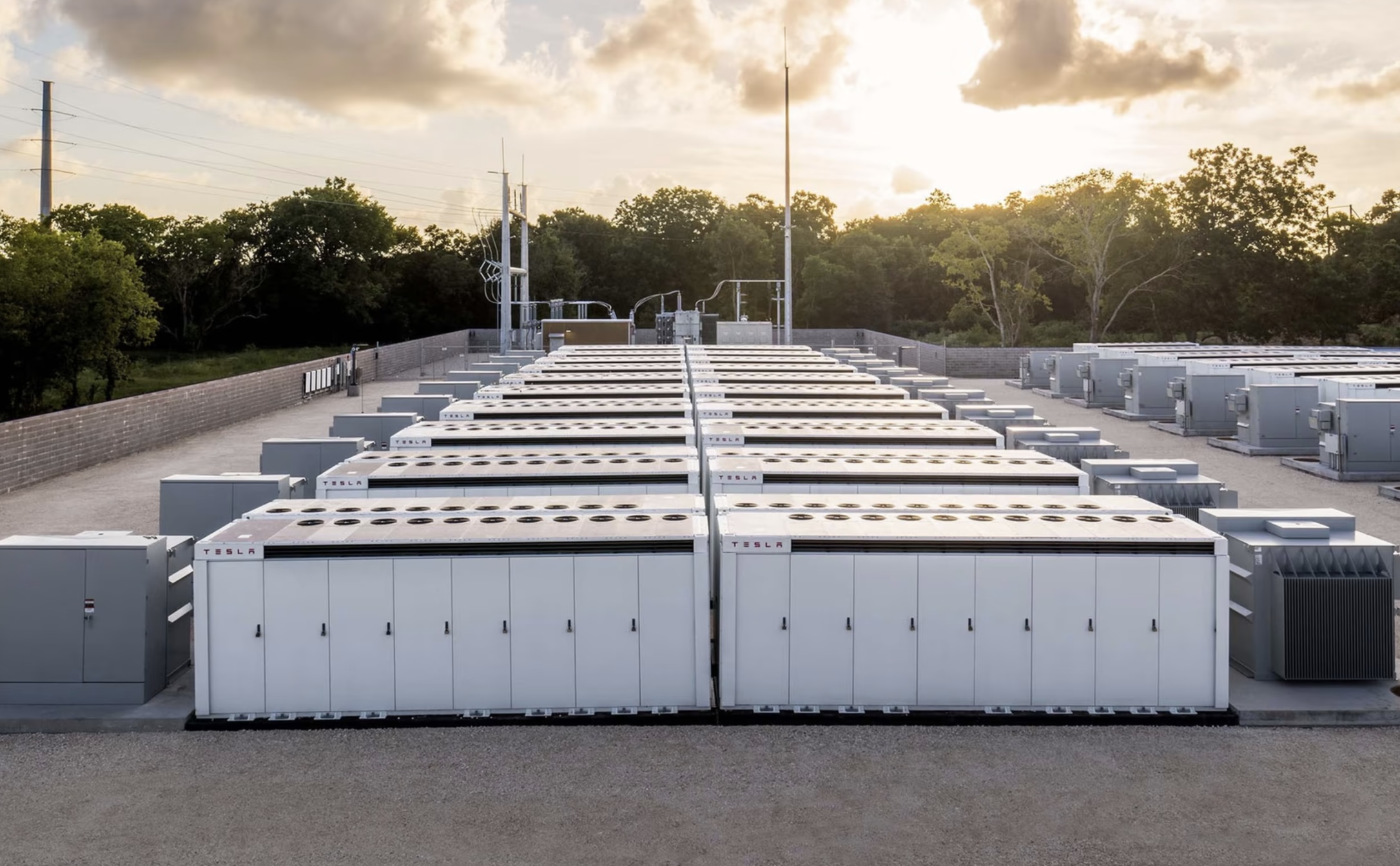
Tesla has chosen the location of its latest manufacturing project, a facility that will churn out the Megapack, a large-scale energy storage system for solar energy projects. It has chosen Waller County, Texas, as the location of the new plant, according to a Commissioners Court meeting that occurred on Wednesday, March 5.
Around midday, members of the Waller County Commissioners Court approved a tax abatement agreement that will bring Tesla to its area, along with an estimated 1,500 jobs. The plant will be located at the Empire West Industrial Park in the Brookshire part of town.
Brookshire also plans to consider a tax abatement for Tesla at its meeting next Thursday.
The project will see a one million square-foot building make way for Tesla to build Megapack battery storage units, according to Covering Katy News, which first reported on the company’s intention to build a plant for its energy product.
CEO Elon Musk confirmed on the company’s Q4 2024 Earnings Call in late January that it had officially started building its third Megapack plant, but did not disclose any location:
“So, we have our second factory, which is in Shanghai, that’s starting operation, and we’re building a third factory. So, we’re trying to ramp output of the stationary battery storage as quickly as possible.”
Tesla plans third Megafactory after breaking energy records in 2024
The Megapack has been a high-demand item as more energy storage projects have started developing. Across the globe, regions are looking for ways to avert the loss of power in the event of a natural disaster or simple power outage.
This is where Megapack comes in, as it stores energy and keeps the lights on when the main grid is unable to provide electricity.
Vince Yokom of the Waller County Economic Development Partnership, commented on Tesla’s planned Megapack facility:
“I want to thank Tesla for investing in Waller County and Brookshire. This will be a state-of-the-art manufacturing facility for their Megapack product. It is a powerful battery unit that provides energy storage and support to help stabilize the grid and prevent outages.”
Tesla has had a lease on the building where it will manufacture the Megapacks since October 2021. However, it was occupied by a third-party logistics company that handled the company’s car parts.
News
Judge rejects Elon Musk’s OpenAI injunction request, but offers fast trial
The judge, however, opened the door for an expedited trial on Musk’s core claims against the artificial intelligence startup.

A federal judge has rejected Elon Musk’s push to block OpenAI’s for-profit conversion. The judge, however, opened the door for an expedited trial on Musk’s core claims against the artificial intelligence startup.
Injunction Denied, but Core Case Advances
U.S. District Judge Yvonne Gonzalez Rogers ruled on Tuesday that “Musk has not demonstrated likelihood of success on the merits” in his request for a preliminary injunction.” The judge flagged Musk’s recent $97.4 billion bid to buy OpenAI’s nonprofit as undermining his “claim of irreparable harm.”
Judge Gonzales Rogers did offer to hold a trial in her California courtroom as early as this fall “given the public interest at stake and potential for harm if a conversion contrary to law occurred,” as noted in a report from the Associated Press. This effectively keeps Musk’s core allegations alive, including breach of contract tied to OpenAI’s nonprofit roots.
Previous comments
Musk, who invested $45 million in OpenAI from its founding until 2018, alleged that the firm violated its founding mission when it shifted its efforts into becoming a for-profit company.
Judge Gonzales Rogers, for her part, had previously questioned why the Tesla and SpaceX CEO invested tens of millions in OpenAI without a written contract. “That is just a lot of money” to invest “on a handshake,” the judge previously noted.
What They’re Saying
OpenAI has welcomed the court’s decision. The artificial intelligence startup stated that, “This has always been about competition. Elon’s own emails show that he wanted to merge a for-profit OpenAI into Tesla. That would have been great for his personal benefit, but not for our mission or U.S. interests.”
Elon Musk lawyer Marc Toberoff also noted that he is pleased about the judge’s decision to offer an expedited trial on the lawsuit’s core claims. “We look forward to a jury confirming that Altman accepted Musk’s charitable contributions, knowing full well they had to be used for the public’s benefit rather than his own enrichment,” the lawyer stated.
-
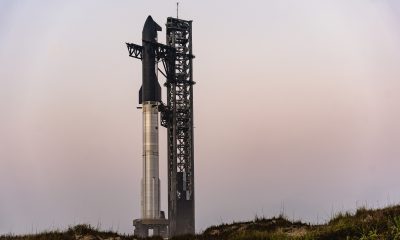
 News1 day ago
News1 day agoSpaceX announces Starship Flight 8’s new target date
-

 News2 days ago
News2 days agoTesla launches fresh U.S. promotions for the Model 3
-
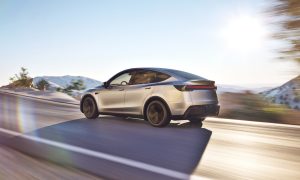
 Elon Musk3 days ago
Elon Musk3 days agoTesla mulls adding a new feature to fight off vandals as anti-Musk protests increase
-
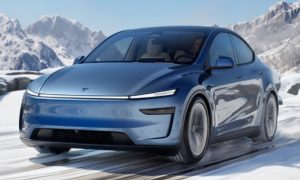
 News4 days ago
News4 days agoTesla’s lead designer weighs in on plans for these two Model Y colors
-
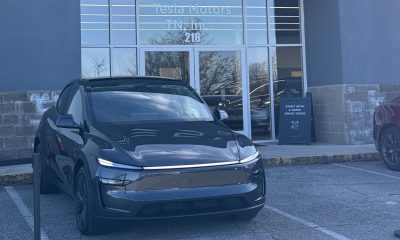
 News3 days ago
News3 days agoTesla starts Model Y ‘Launch Edition’ deliveries in the U.S.
-
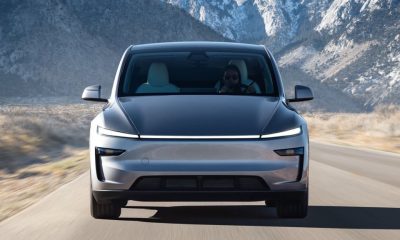
 Elon Musk3 days ago
Elon Musk3 days agoTesla gaining with Republicans as it loses traction with Democrats: Stifel
-
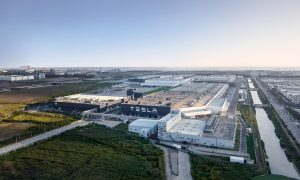
 News2 days ago
News2 days agoTesla China wholesale figures drop in February amid new Model Y transition
-

 Energy17 hours ago
Energy17 hours agoTesla lands in Texas for latest Megapack production facility





